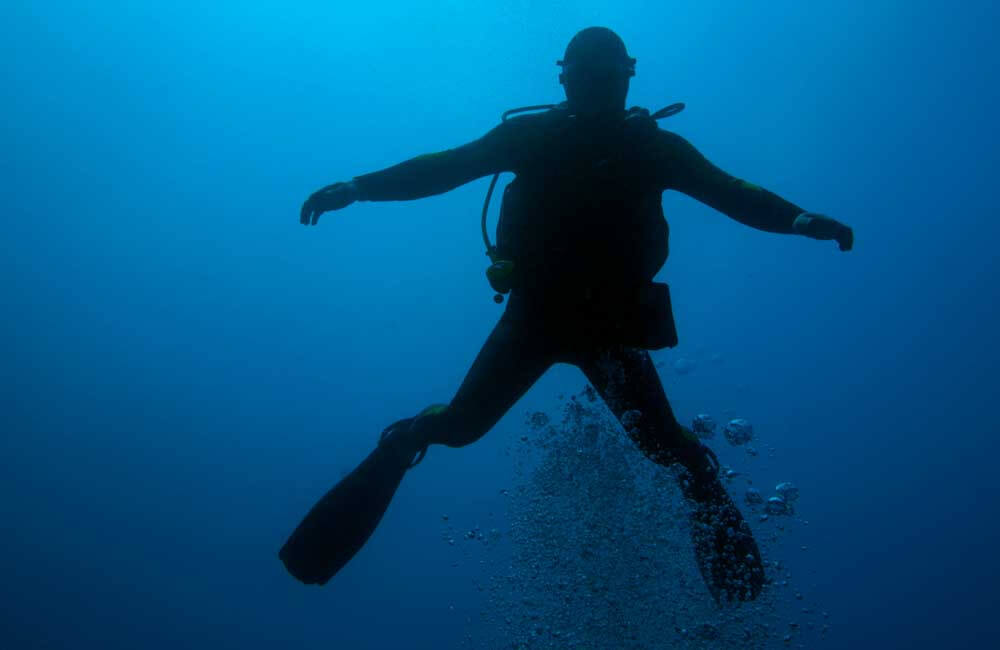
Drift diving is, for many divers, their favourite form of diving. Jump in, float along and let the ocean do all the work for you. No need to worry about where you left the boat, when you run low on air you can surface and the boat will be waiting for you. In ideal circumstances, that would be the perfect drift dive, but very often, circumstances are not ideal. With the full force of the ocean directing your progress, the currents can push you into places you really don’t want to be. Fortunately, some basic tips, preparation and good diving practice can help prevent most unnecessary drift diving problems.
Dive at the right time

By and large, currents are driven by two factors: tidal movement and the wind. In many locations, diving at the wrong time of tide can be unpleasant at best, and extremely dangerous at worst. Worldwide tide tables are available online, but they do not indicate the strength of the current. In general, diving around the high tide is preferred, but there’s no substitute for experienced local knowledge.
Check the current

As currents are also driven by the wind, surface currents are not always a clear indication of what the current is doing at depth. Checking the direction before descending is often a wise decision. In clear water on coral reefs it’s quite straightforward – If all the fish are pointing north, then the current is running south. Other indicators could be seaweed, bits of rope from mooring lines, or particulate matter as it drifts on by.
Surface Marker Buoys

At least one member of each team, and preferably all divers, should carry an SMB on every dive. In some areas, local regulations mandate that this should be carried throughout the dive, but in many locations, carrying an inflatable ‘safety sausage’ (delayed surface marker buoy, or dSMB) is sufficient. Currents can change suddenly and without warning, and being able to let the boat crew know where you are if the dive plan changes is hugely important, and in some cases, life-saving.
Stay close to the reef

Staying within a metre of the reef or bottom, where the current breaks up due to turbulence as it hits whatever’s in the way, will reduce the effect the water has on your body. Being too far off the reef means you may end up travelling much faster than other members of your team, and you run the risk of being pushed out to sea, or affected by the dreaded ‘down-current’
Streamlining
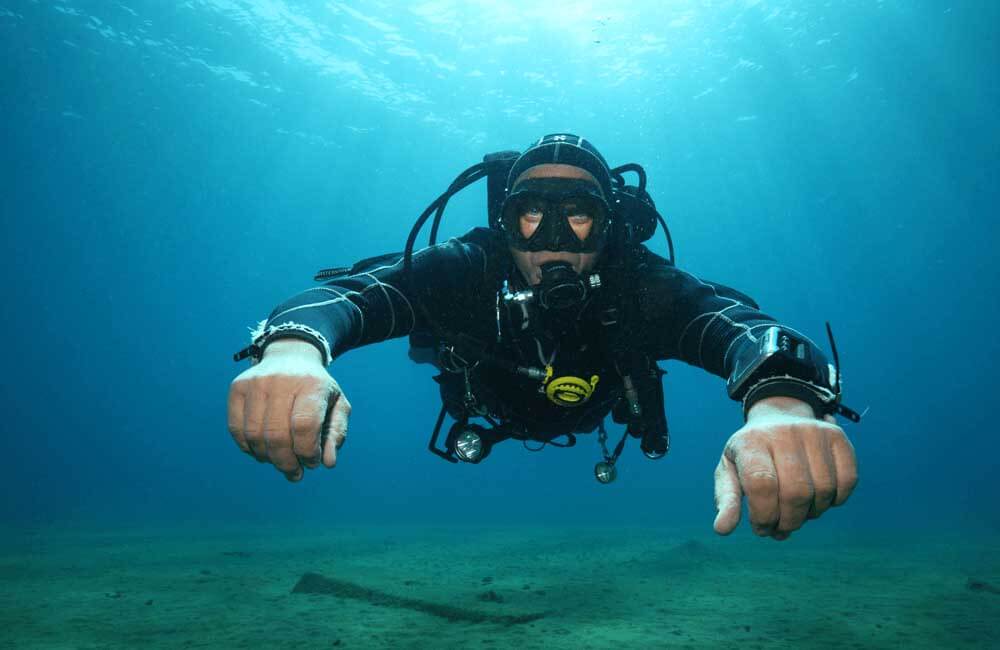
The larger the surface area you present to the current, the more it will act on your body. If you swim upright, you will get pushed with a much greater force than you would if you are in a horizontal position, parallel to the reef or bottom.
Correct Weighting

If you’re overweighted, you will need more air in your jacket, which means your jacket will present a larger surface area to the current, and your legs may be dragged down, which means you will find it difficult to remain horizontal. Correct weighting is important for all diving, but not a lot of people realise how overweighting can affect you in a current.
Buddy contact
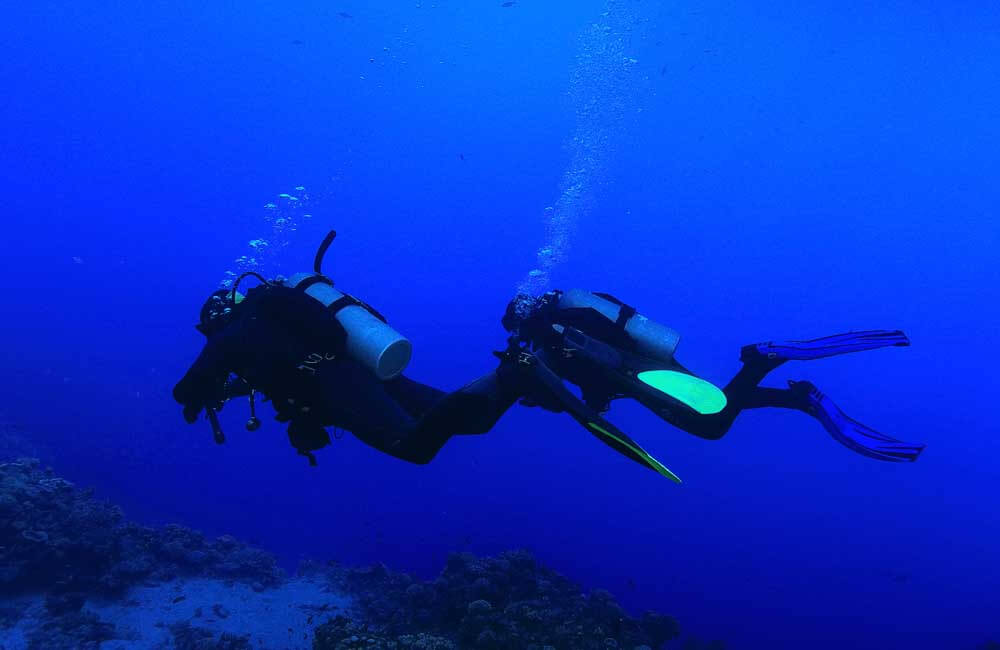
Staying close to your buddy at all times, and keeping the rest of the team close by is standard diving practice, but if one buddy is more affected by the current than the other, then separation can happen very easily and very rapidly. In a strong current, especially if the visibility is poor, you can lose sight of your dive team within a matter of seconds.
Observation
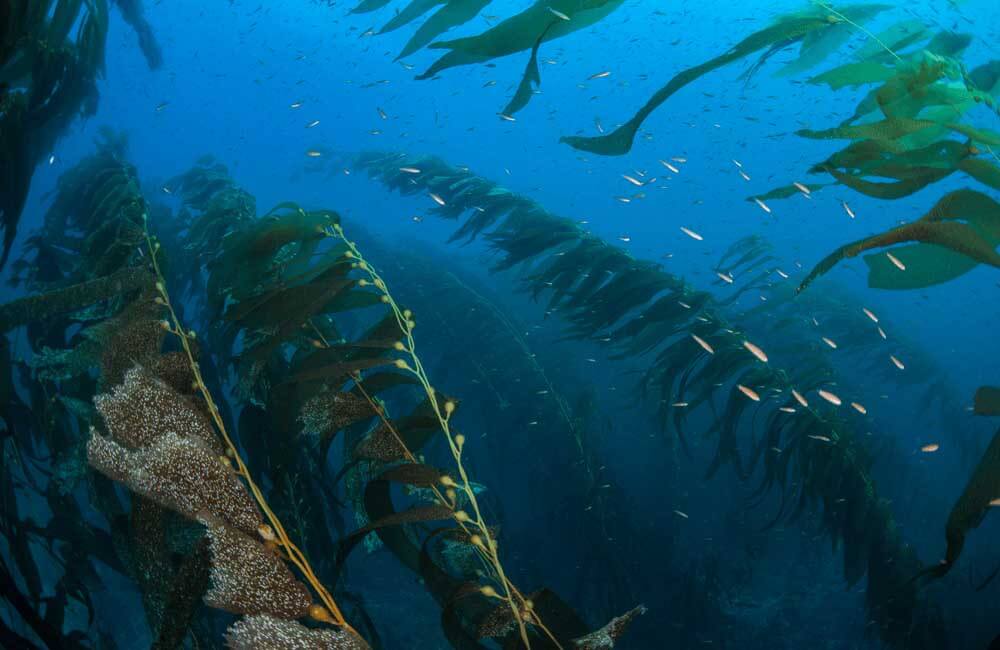
Keep your eyes peeled. A split in the current often brings with it a different water temperature and you can see the shimmer of the thermocline. If all the fish in front of you are swimming as hard as they can in a different direction to the one in which you’re travelling, there might be a change in current ahead.
Point of no return
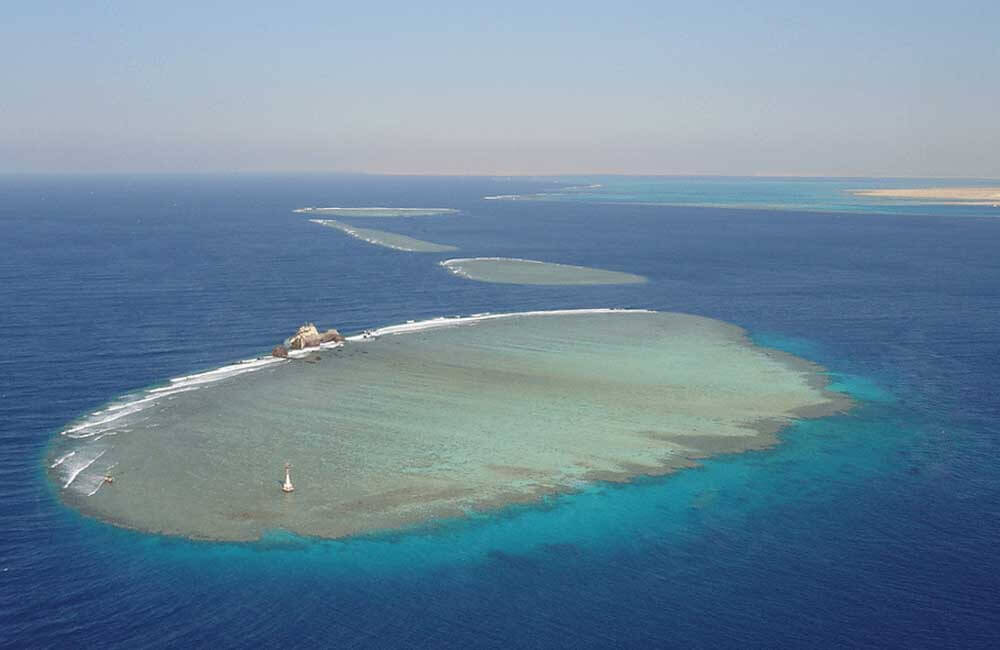
Diving certain reefs – especially island reefs or those with corners – in a strong current can mean that if you’re not careful, when you run out of reef, you will get pushed out to sea. Staying close to the reef will help a great deal, but in some locations, it’s better to shelter from the current if possible, or exit if you can’t. Local knowledge of a safe exit point is invaluable, as are SMBs
Reef hooks

Hooks of any kind are hotly disputed among the dive community, but they can be a great aid to safety when called upon. There’s usually something you can hook onto without damaging coral or plant life, but don’t use them to dig around unnecessarily
Don’t fight the current

If you have to swim against the current, stay as low and as horizontal as possible, but don’t overexert yourself. In mild currents, a lazy fin kick will keep you stationary, but if the current picks up, you will end up swimming backwards. If you’re being pushed off the reef, swim at right angles to the current to return. Don’t fight the ocean, you will lose!
Enjoy yourself
When conditions are right, drift diving is awesome. Sit back, relax and let the ocean take you on tour…


